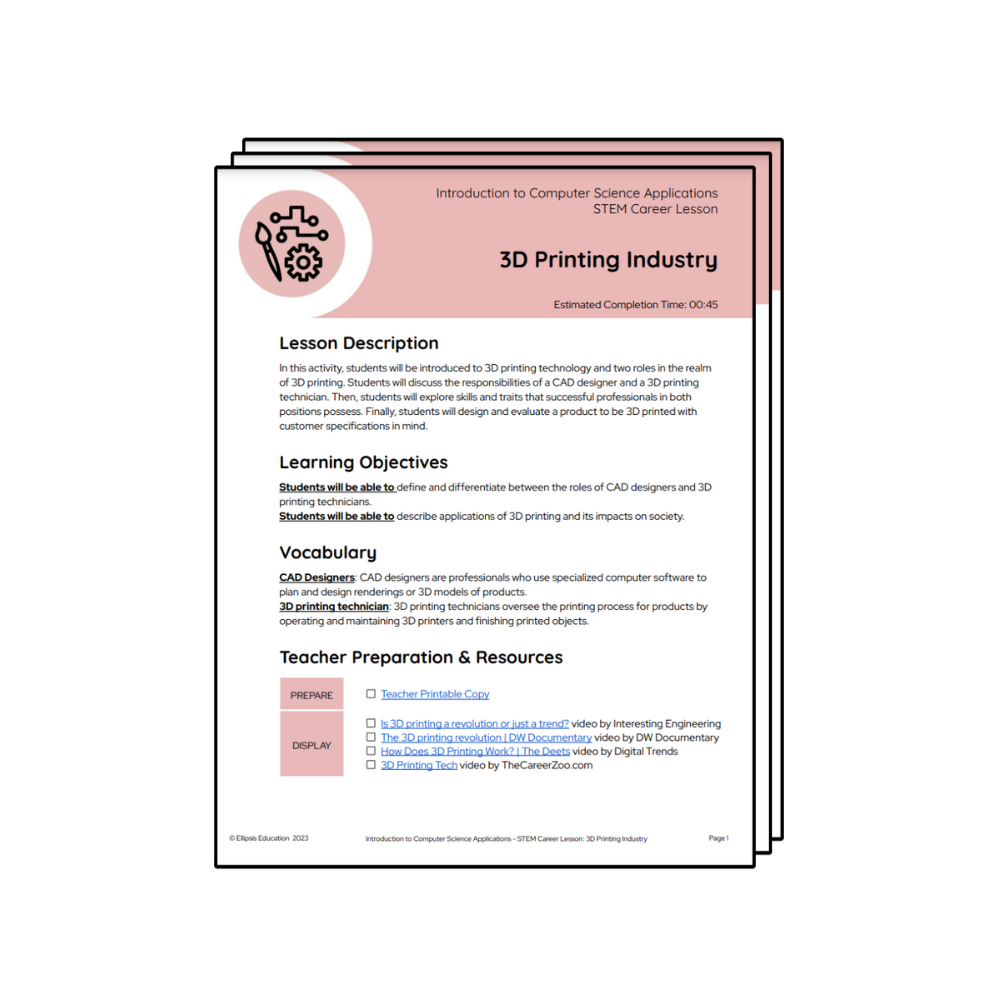K-5 STEM Curriculum
Introducing STEM at an early age is important to a student’s development. Computer science is a great way for teachers to start talking about coding, digital literacy, and problem solving skills, and this can happen as early as kindergarten! K-5 curriculum from Ellipsis Education can help.
Elementary Computer Curriculum K-5

Any Teacher Can Teach
From scripted lesson plans to robust training to continuous learning, Ellipsis helps teachers build confidence and capacity.

Everything in One Place
The Curriculum Delivery Platform houses all your computer science lessons – no more piecing together free resources.

Teacher-Led
Just like any reading or math curriculum, Ellipsis leverages your best resource: teachers.

Beyond Coding
Ellipsis lessons develop the attitudes, knowledge, and skills necessary to thrive – in academic settings and beyond.
K-5 STEM Lesson Plans
Download a free lesson plan from Ellipsis Education to use in your classroom.

Treasure Map Coordinates
In Treasure Map Coordinates, students will code a sprite to move across a treasure map using the coordinate plane.

What’s in the News?
In What’s in the News, students will discuss breaking news and the trustworthiness of digital media.

3D Printing Industry
In 3D Printing Industry, students explore roles within the industry and design & evaluate a product.
Ready to start teaching STEM to your elementary students?
Computer science courses from Ellipsis Education can help. We ensure teachers have the curriculum, resources, and support they need to confidently teach computer science and STEM skills.
